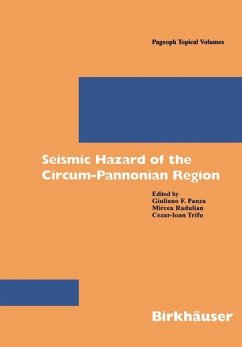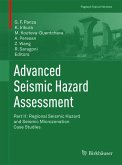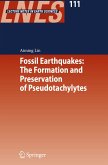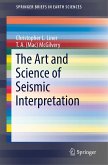requiring the adaptation of probabilistic maps to design ground motions; and (d) the generalization of design parameters to locations where there is little seismic history. Maximum displacements, velocities, and, based on the European Build ing Code EC8, design ground acceleration maps have thus been produced by ZivCic et al. for Slovenia, Marku
ic et al. for Croatia, Bus et al. for Hungary, and Radulian et al. for Romania. The last two contributions in the volume are dedicated to studies of local site effects that could affect the microzonation of large urban areas. Moldoveanu et al. employed a technique based on the modal summation and finite dif ferences to calculate the expected ground motion in the capital city of Bucha rest due to large intermediate-depth Vrancea earthquakes. Their results outline that the presence of alluvial sediments and the possible variation of event scenario require the use of all three components of motion for a reliable determination of the seismic input. The study of Marmureanu et al. , more limited in scope, offers a laboratory analysis of the attenuation effects for sur face layers. The authors confirm that seismic attenuation in sedimentary layers is a function of the strain levels induced by large earthquakes, and find that the quality factor is nearly constant over a relatively wide frequency range, between 7 and 100 Hz.
ic et al. for Croatia, Bus et al. for Hungary, and Radulian et al. for Romania. The last two contributions in the volume are dedicated to studies of local site effects that could affect the microzonation of large urban areas. Moldoveanu et al. employed a technique based on the modal summation and finite dif ferences to calculate the expected ground motion in the capital city of Bucha rest due to large intermediate-depth Vrancea earthquakes. Their results outline that the presence of alluvial sediments and the possible variation of event scenario require the use of all three components of motion for a reliable determination of the seismic input. The study of Marmureanu et al. , more limited in scope, offers a laboratory analysis of the attenuation effects for sur face layers. The authors confirm that seismic attenuation in sedimentary layers is a function of the strain levels induced by large earthquakes, and find that the quality factor is nearly constant over a relatively wide frequency range, between 7 and 100 Hz.





